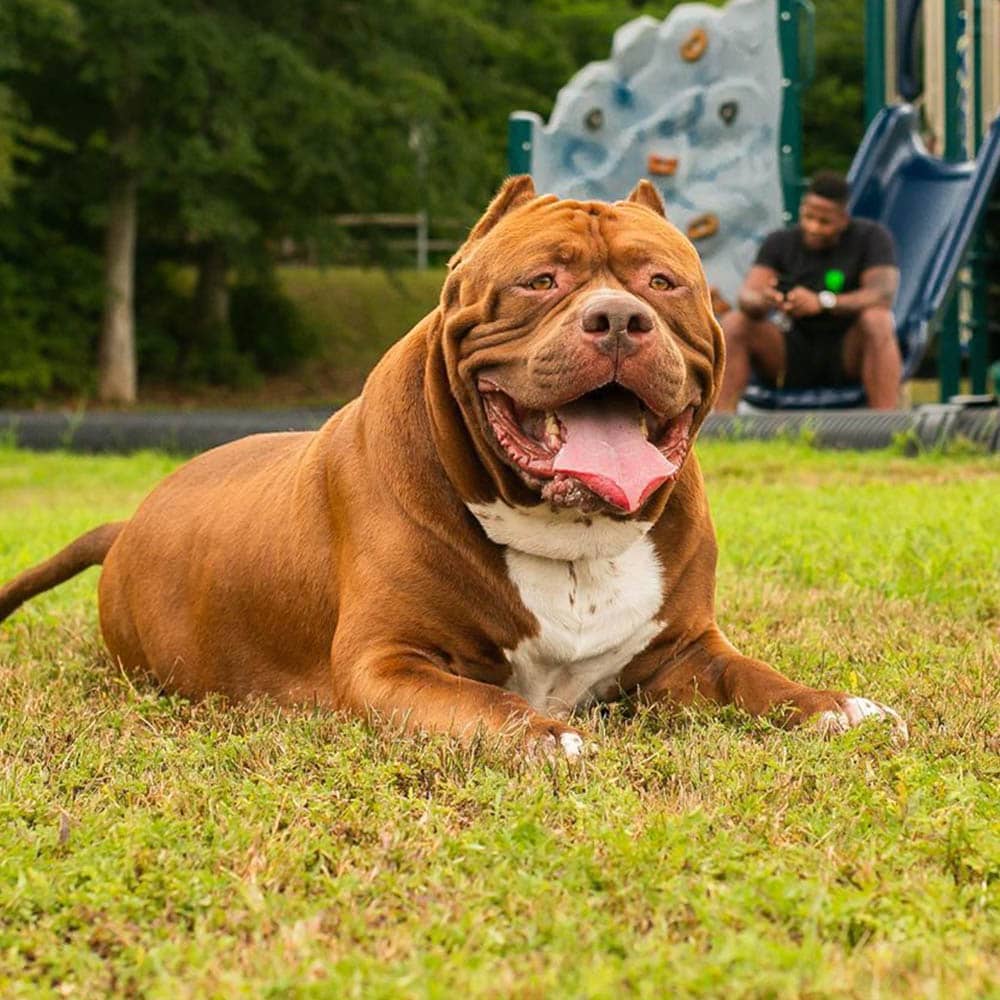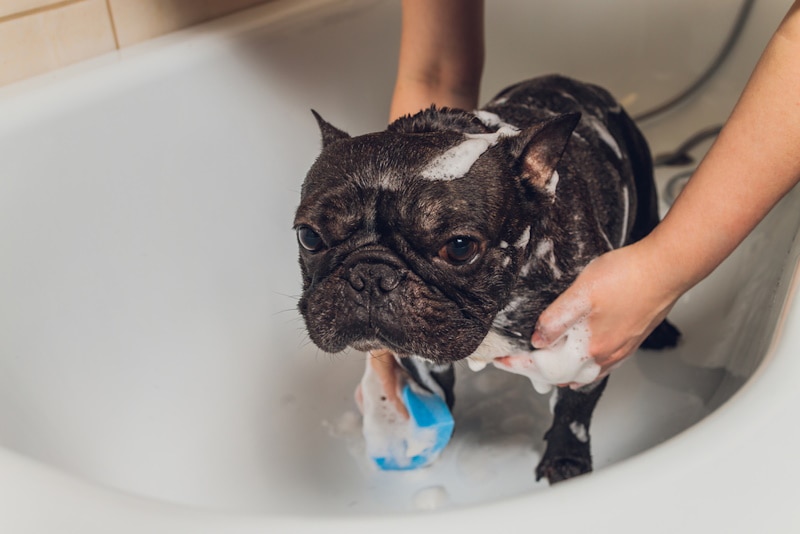14 Incredible Belgian Malinois Facts You Need To Know
Updated on
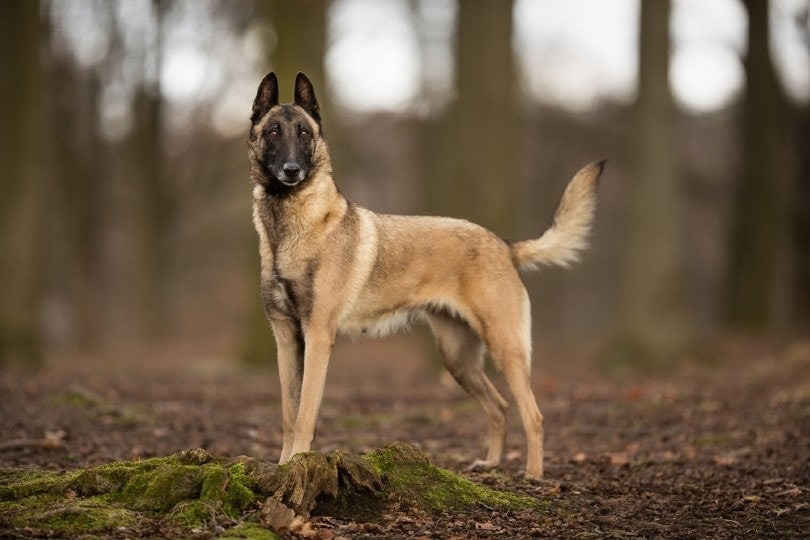
The Belgian Malinois is a confident and smart dog breed with the primary job of being a working dog. As a result, they have solid protective instincts and are often used as police and military dogs.
Anyone who has seen a Belgian Malinois perform an obedience routine would know how eager and intelligent the breed is. But their outward demeanor doesn’t tell you much about their nutritional, exercise, or temperamental needs.
Below, we look at some facts about Belgian Malinois to help you learn more about this unique dog.
The 14 Belgian Malinois Facts
1. The Belgian Malinois Comes From Belgium
If you were wondering where the breed got its name from, you should know about the city of Malines in Belgium. Belgian Malinois were first bred around the region and were one of the four breeds of Belgian herding dogs.
All four breeds are named after Belgian villages, i.e., Mechelaar (Malinois), Groenendael, Laekenois, and Tervuren. Back in the 1880s, these dogs, along with Dutch shepherds, French shepherds, and German shepherds, were commonly known as continental shepherd dogs.
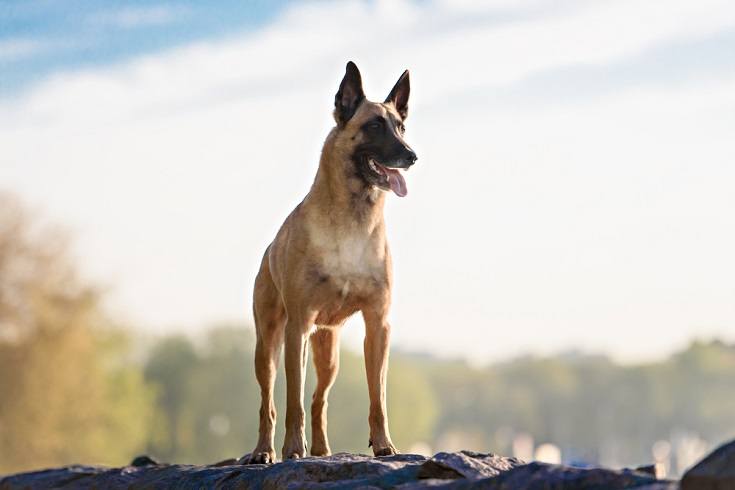
2. The Belgian Malinois Was a Part of the Belgian Shepherd Dog Club
In 1891, the regional entities formed the Belgian Shepherd Dog Club. A panel of judges in this club decided that native shepherd dogs had distinct characteristics. These included a medium size, well-set triangular ears, and a square body. The only differences between these dogs were their hair length, color, and texture.
In 1892, the panel wrote a Belgian shepherd dog standard that recognized three varieties of native shepherd dogs. These varieties differ in coat length and texture: short, long, and rough coats.
3. Belgian Malinois Came to America in 1911
The Belgian Malinois was introduced to America in 1911 and thrived in the country until World War II started and put a stop to the breed’s import. From the beginning of the war till the 1960s, the population of Belgian Malinois decreased in America.
The breed started to show up in the American Kennel Club just a few years after the war ended. Then, in the 1960s, its admirers started breeding them again, and the breed slowly recovered in numbers.
4. Belgian Malinois Helped Take Down Osama Bin Laden
Yes, you read that right. Belgian Malinois has been invaluable to defense authorities and the military throughout the 21st century.
Seal Team Six was the military team that conducted the 2011 raid to take down Osama bin Laden. They were accompanied by a Belgian Malinois named Cairo, who is credited with playing an integral part in the operation’s success.
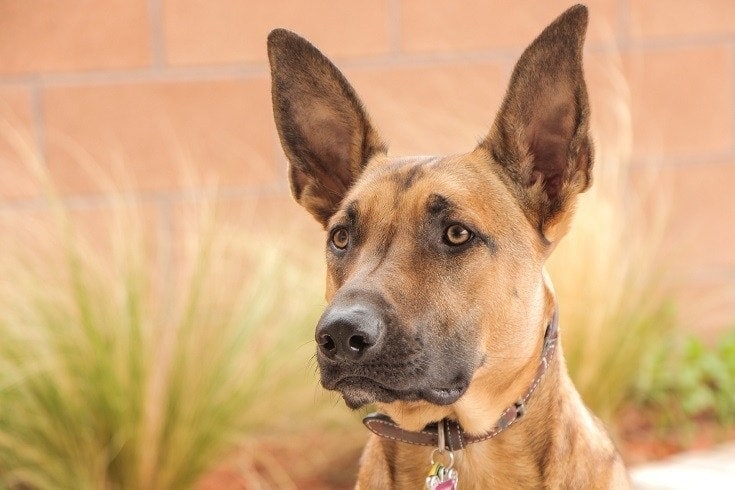
5. Belgian Malinois Have Various Coat Colors
The Belgian Malinois can have many coat colors, including fawn, fawn sable, mahogany, red, and red sable. Their coat also has a black mask marking, which is only seen in the Belgian Malinois among all the four Belgian shepherd varieties.
6. Belgian Malinois Are Big Dogs
On average, a male Belgian Malinois has a height of 24 to 26 inches, while a female is 22 to 24 inches. Belgian Malinois are also pretty heavy, males weighing 60 to 80 pounds and females 40 to 60 pounds.
7. Walks Are Not Enough for Belgian Malinois
While walks are enough to tire most dogs, they’re not sufficient for Belgian Malinois. The breed is brilliant and loyal, but it also has a lot of energy that needs to be released through mental and physical stimulation.
A Belgian Malinois requires over 40 minutes of daily activity, which can consist of hiking, running, or swimming. The breed is also great at herding, obedience competitions, tracking, and agility.
If they do not get enough exercise, the Belgian Malinois may show destructive behaviors and aggression. They do this to entertain themselves as they have too much pent-up energy.
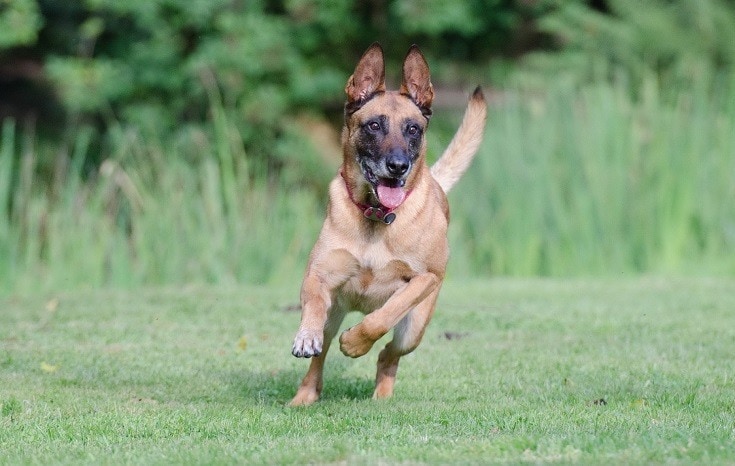
8. Belgian Malinois Doesn’t Have Specific Dietary Requirements
You might think since the breed is so intelligent and active, these dogs may have strict dietary requirements. But that’s not the case.
Any high-quality dog food works wonders in keeping a Belgian Malinois full and healthy. It’s crucial to ensure your dog eats according to age. You should wait for the Belgian Malinois pup to be at least a year old before you start feeding it adult dog food.
Although the feeding schedules differ from one dog to another, Belgian Malinois typically require two feedings a day. Feed them once in the morning and once in the evening.
If your pet has a healthy diet, it will not need additional supplements. But it’s best to consult a veterinarian to determine the best approach for your Belgian Malinois.
9. Belgian Malinois Are Used in Law Enforcement
Since Belgian Malinois have a knack for protection and agility, the breed is used in law enforcement, gas detection, drug detection, search and rescue operations, and bomb detection.
They are also excellent therapy dogs, providing assistance to the elderly, ill, or disabled people. But it’s essential to keep in mind that Belgian Malinois need an experienced owner since they’re a demanding breed.
Since these dogs want to spend as much time as possible with their owners or families, they are not kennel dogs. So, you cannot expect to leave them in the backyard and entertain themselves.
10. Belgian Malinois Shed Twice a Year
Since Belgian Malinois has a short and waterproof coat, they’re easy to care for. Owners should use a medium-bristle brush to brush through their dog’s coats occasionally. Or they can use a hound glove or rubber grooming mitt for the job. These tools promote hair growth and help in skin oil distribution throughout your pet’s body.
Belgian Malinois shed heavily twice a year in spring and autumn. During these periods, it’s best to use a slick brush to go over their coat once a day. Doing so will help remove loose hair.
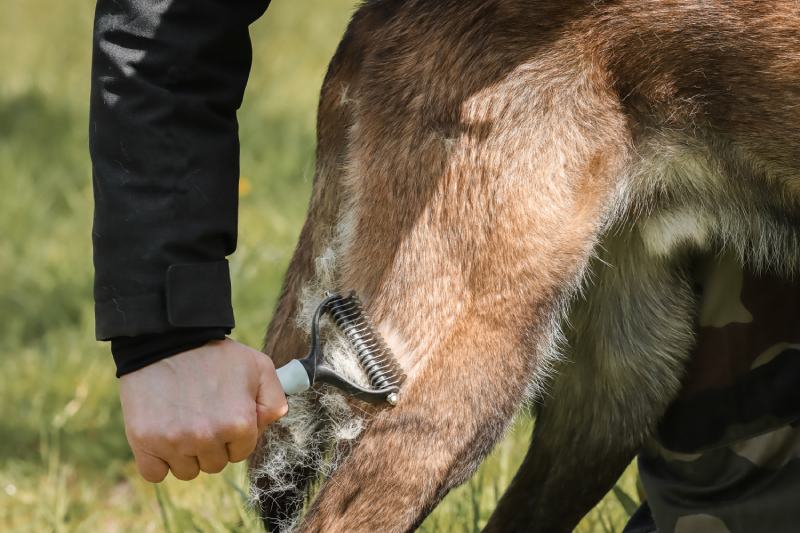
11. Belgian Malinois Dogs Have a High Prey Drive
Due to their protective nature, Belgian Malinois dogs have a high prey drive. It’s not uncommon for them to chase after pets, children, and other animals. Proper socialization training in their early years is essential to raise them well.
Besides training, keeping your dog entertained and stimulated also helps curb the prey drive. A bored Belgian Malinois will exhibit aggressive behaviors, such as:
- Gnawing through window frames and doors
- Breaking windows
- Destroying your belongings, such as carpets, plants, rugs, and furniture
- Digging holes in the yard
- Chewing your personal items like clothes and shows
Sometimes, the breed’s herding nature may come into play, prompting them to round up small children. You should not leave a small child and a Belgian Malinois unsupervised.
12. Belgian Malinois Live for Up to 14 Years
The average lifespan of a Belgian Malinois is 10 to 14 years. If bred by a responsible breeder, these dogs do not have any genetic or other health concerns. But they are predisposed to a few diseases.
13. Belgian Malinois Are Predisposed to Dysplasia
Belgian Malinois are predisposed to hip and elbow dysplasia, which are structural joint conditions.
- Difficulty standing
- Abnormal or unusual sitting positions
- Difficulty going up and down the stairs or getting on furniture
- Popping joint sounds
- Limping
- Bunny hopping when running
The treatment for dysplasia will depend on its degree. Pain medication works in some cases, while other dogs require joint supplements or surgery.

14. Belgian Malinois Are Susceptible to Progressive Retinal Atrophy
Atrophy refers to the degeneration of a structure, and retinal atrophy happens when the retina wastes away over time. Although PRA is not painful, it can affect the Belgian Malinois in other ways, such as:
- Bumping into things
- Difficulty chasing after something or catching a treat
- Tripping over stairs or curbs
There’s no treatment for PRA in dogs. So, you must be careful when choosing a breeder, ensuring that they have screened the stock before breeding so that the disease does not pass on from the parent to the offspring.
Why Do Defense Forces Use Belgian Malinois?
The US defense authorities call Belgian Malinois their “four-legged warriors” due to their agility, protective nature, and ability to follow commands. Belgian Malinois are trained to detect bombs, drugs, and people in dangerous situations.
The Department of Defense (DOD) chooses Belgian Malinois from elite breeders across the globe. Only 13% of these dogs, forming a select group, enter the US military via the department’s Military Working Dog Breeding Program or the Puppy Program.
About 50 to 90 puppies enter this program from the 341st Training Squadron at Joint Base San Antonio every year.
The DOD only raises Belgian Malinois as a part of this program due to the following characteristics:
- High energy
- Strong sniffers
- Trainability
- Speed
- Drive
- Loyalty
- Work ethic
- Agility
The department says this breed is like German shepherds but more compact. After completing the 120-day program, the dogs perform one or both functions; sniffing out explosives or patrolling to detect drugs.
Conclusion
There’s no shortage of interesting facts about the Belgian Malinois. The breed is categorized as a herding dog but is also protective and agile in nature, making it the perfect dog to accompany military personnel.
Belgian Malinois need a lot of physical stimulation through excessive exercise and love spending time with their owners. They also require a lot of mental stimulation to stay sharp and prevent boredom. All in all, the Belgian Malinois is an ideal breed for those who want a loyal and protective companion.
Featured Image Credit: BIGANDT.COM, Shutterstock





